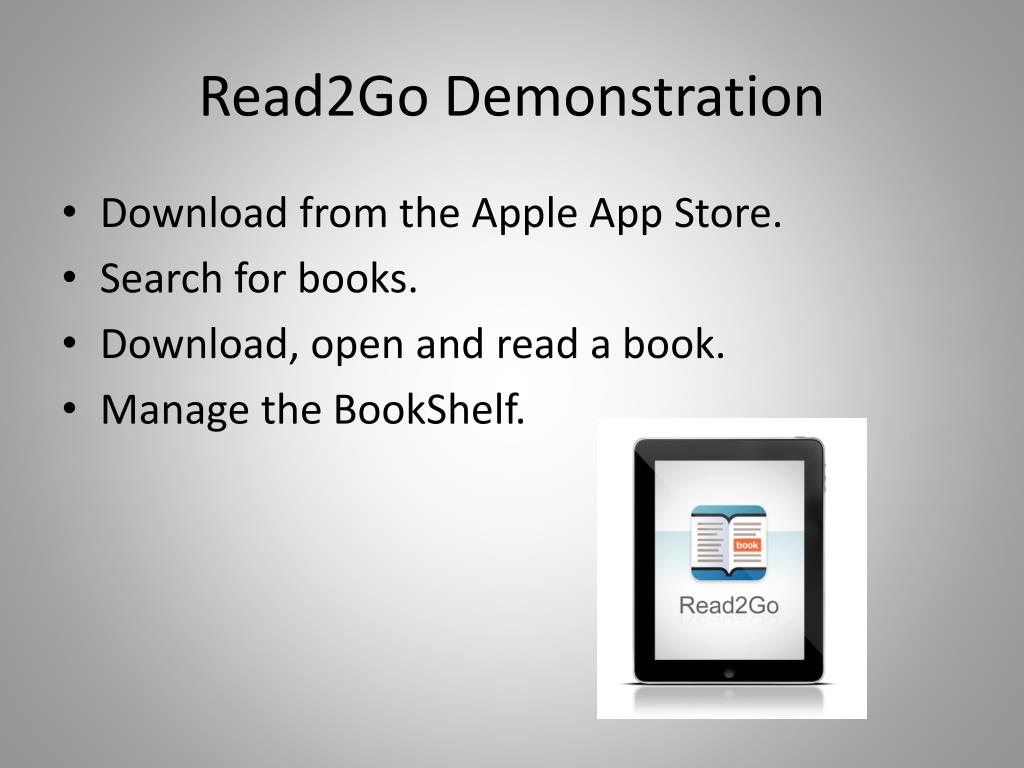

Converting written text to spoken word to support blind users - a difficult task in the early days of computing - did not come about until 1992. It focused on users who are deaf, hard of hearing, or have limited dexterity. They released the first version of Windows in 1985 and the first accessibility support program in 1988. As internet-enhanced services grew, so did the opportunity to be more and more independent. Instead of relying on others for assistance users could use a machine to help them. The advent of the personal computer was a huge step towards autonomy for differently-able people. Why, then, would we choose to only review our sites in VoiceOver and not also JAWS, or NVDA, or TalkBack? An Accessibility History of two Operating Systems

Firefox, Safari, Edge, and Chrome behave differently from Mac to Windows and from iPhones to Androids. We need to understand screen readers as well as we understand browsers. If 40% of your visitors use Chrome, 20% use IE Edge, 20% use Firefox, and another 20% use four other browsers, would you test the website in only Chrome? What about the other 60% of users? It wouldn’t make sense.
Why is this important? Reviewing your projects in only one screen reader is like conducting quality assurance in only one browser. As the title suggests, to understand just one screen reader does not mean you understand all screen readers. There are three major screen readers on the market right now, and the experience that they offer are very different. The listener then chooses how to interact with the content, press links, and input information into forms. For the uninitiated, a low- or no-vision web user leverages screen reader software to read the contents of a website out loud. Its time to talk about screen reader software. It is not about which screen reader is better than another. It talks about how sighted people should use a screen reader to experience what the web is like for non-sighted users. This post is aimed at an audience of designers, developers, clients, or anyone interested in our approach to accessibility.

Welcome to a blog post from Oomph! We are a digital design and development agency and we love to talk about accessibility.


 0 kommentar(er)
0 kommentar(er)
